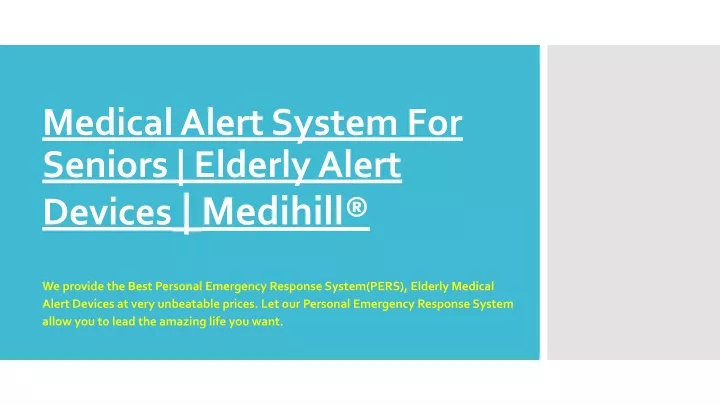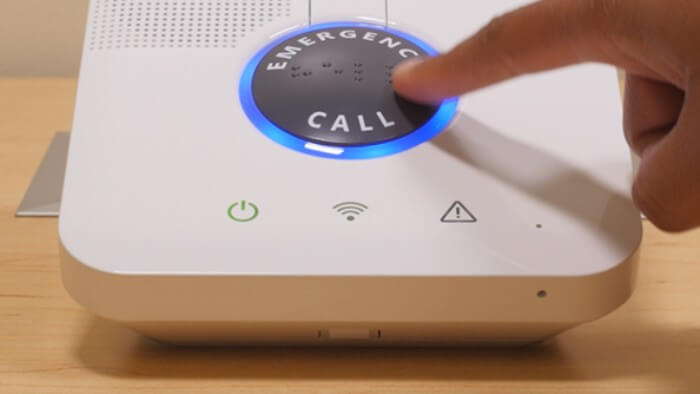PPT Medical Alert System For Seniors Circuit Diagram
BlogPPT Medical Alert System For Seniors Circuit Diagram Just as the older population continues to grow, so does life expectancy. In the United States, it currently averages 79 years old. With this shift, comes the responsibility for younger family members to find ways of taking care of aging parents and doing so for a longer period of time. Adding a medical alert system is a good place to start. Personal Emergency Response Systems Medical alert devices. Response: Before delving into Personal Emergency Response Systems, it is necessary to understand the significance of medical alert devices. These wearable gadgets for old people are equipped with a button that, when pressed, connects the user to a monitoring center where trained A medical alert system can be a lifeline for seniors living alone or anyone with health concerns. Also called personal emergency response systems (PERS), these devices facilitate immediate help in emergencies by pressing a wearable button or relying on automated sensors. Modern alert systems have become increasingly sophisticated, featuring GPS tracking, fall detection, and compatibility with

Choosing the right medical alert system ensures timely help during emergencies and helps provide peace of mind to users and caregivers alike. Medical alert systems generally cost $20-$45 per month, and some brands charge one-time equipment or activation fees. Fall detection is an extra $10 per month, on average.

How to choose the best medical alert system Circuit Diagram
As you shop for a medical alert system, keep these key features in mind: 24/7 monitoring: All of the best medical alert systems offer 24/7 professional monitoring from a staffed response center. Water-resistant equipment: Falls often happen in the bathroom. It's essential that your equipment is water-resistant, so you can wear it in the shower. Mobile medical alert systems compatible with a smartphone. Download the accompanying app to your smartphone, pair, and test the device. medical alert systems continue to evolve as an affordable alternative option for seniors and people with medical conditions living at home. There are two types of systems available on the market today, in A medical alert system has two parts: the equipment and the on-call, 24/7 monitoring service. Medical alert equipment. Most at-home medical alert systems have a base unit (on-the-go systems generally don't need one) that is plugged into a central place in your home and connects wirelessly to any wearable devices or wall-mounted sensors.

Here's all you need to know about medical alert devices and how they work for elderly care. 1. Device Activation. In an emergency, you must activate medical care alert devices to keep seniors safe. However, activating the device depends on the type you acquire. There are two main types of medical alert devices: manual and automatic. Bay Alarm Medical is one of the oldest and most trusted names in medical alert systems for older adults. It was founded in 1946 and has reputable products and high customer reviews. Among the medical alert systems with fall alert devices we tested, Bay Alarm has the highest BBB rating (4.24 out of 5 stars) with 141 reviews. This guide will explore the top 5 medical alert systems for seniors, highlighting their features, benefits, and considerations to help you make an informed decision. Top 5 Medical Alert Systems for Seniors 1. Life Alert. Life Alert is a well-known and trusted name in the medical alert industry. They offer a comprehensive system that includes a
